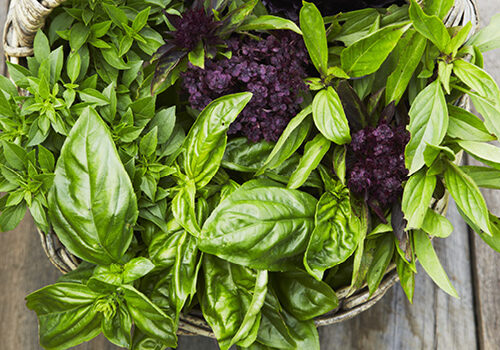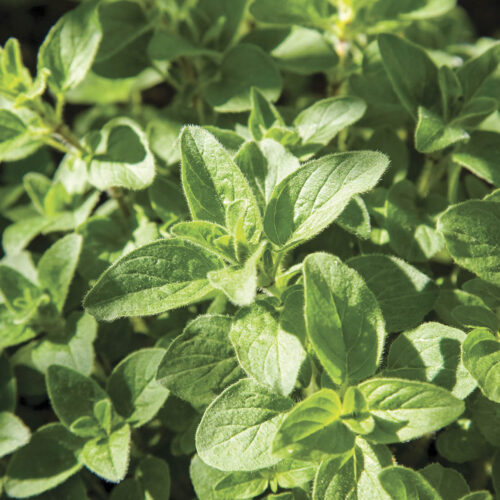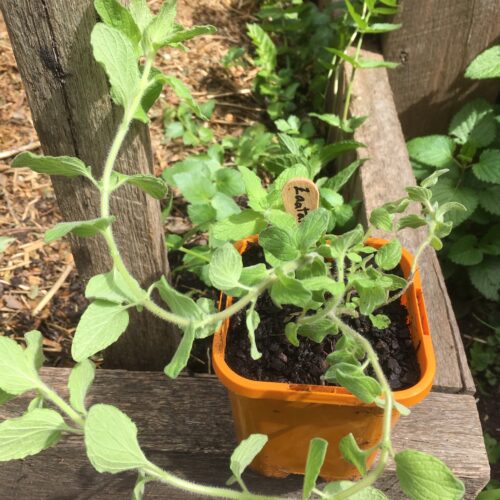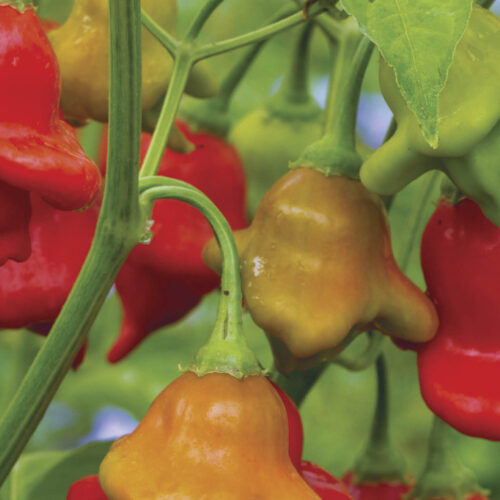Why not try turmeric?
2014-11-15T05:45:18+11:00
Turmeric is easier to grow than ginger, says PENNY WOODWARD, and has many varied uses.
Turmeric (Curcuma longa) is in the Zingiberaceae, the same family as ginger. But in Australia it is not as widely used or grown. I think this is a pity because it is more cold tolerant, so easier to grow in cooler regions. It also has interesting medicinal and culinary uses.
In Europe, in the Middle Ages, turmeric was known as Indian Saffron and the tuber was used to dye fabric. In Thailand, it signifies purity and sanctity and it is used to anoint novice monks.
Grow new plants from pieces of root with one or two buds. Plant in spring about 5 cm deep. Turmeric is a tropical plant that can be grown in a big tub in a warm sheltered position or a greenhouse in more temperate regions. The rhizome will grow more quickly if the planting area is initially covered in clear plastic to maintain warmth and humidity — remove this once shoots appear. Frequent misting of the leaves with water will aid growth, and more generally plants need a warm sunny position and regular watering. In tropical regions, turmeric grows best in regions with more than 1000 mm of rainfall a year. It likes a fertile, open, loamy soil that is well-drained because it does not like to be waterlogged. The rhizomes are harvested in autumn.
In South-East Asia the rhizomes are usually used fresh. These have a strong flavour so only a small amount is needed — often no bigger than a cubic centimetre. They are also often crushed first, to extract the orange/yellow juice that is then added to the dish. In Malaysia, rice coloured by cooking with turmeric, known as nasi kunyit, is eaten at important ceremonie, while in Myanmar, a little turmeric is frequently added to vegetables. Fresh turmeric leaves are also added to some dishes, while young leaves, shoots and flowers can be boiled as a vegetable. Leaves are steamed and made into wrapping for other ingredients, especially fish, before steaming or roasting.
Dried, powdered turmeric is more familiar in Australia than the fresh root. It is aromatic with a pleasant musky flavour, however it is mainly used in cooking for its strong colour. It is added to mustards, curries, pickles, sauces and confectionary, and is an important ingredient of most curry spice mixes. It is also made into a dye for fabrics and in cosmetics. To dry your own, first wash off any dirt, place the rhizome in water, bring to the boil and simmer gently for about four hours or until the roots are tender. Remove and leave to dry in a sunny position until the roots are hard and brittle. Now grind the root to a powder.
Turmeric also has medicinal properties and is valued for being both antiseptic and astringent. In India, generations of people have turned to it as the ‘cure all’ for cuts, scrapes and bruises. Today, in many parts of the world it is taken in capsule form as an anti-inflammatory.






